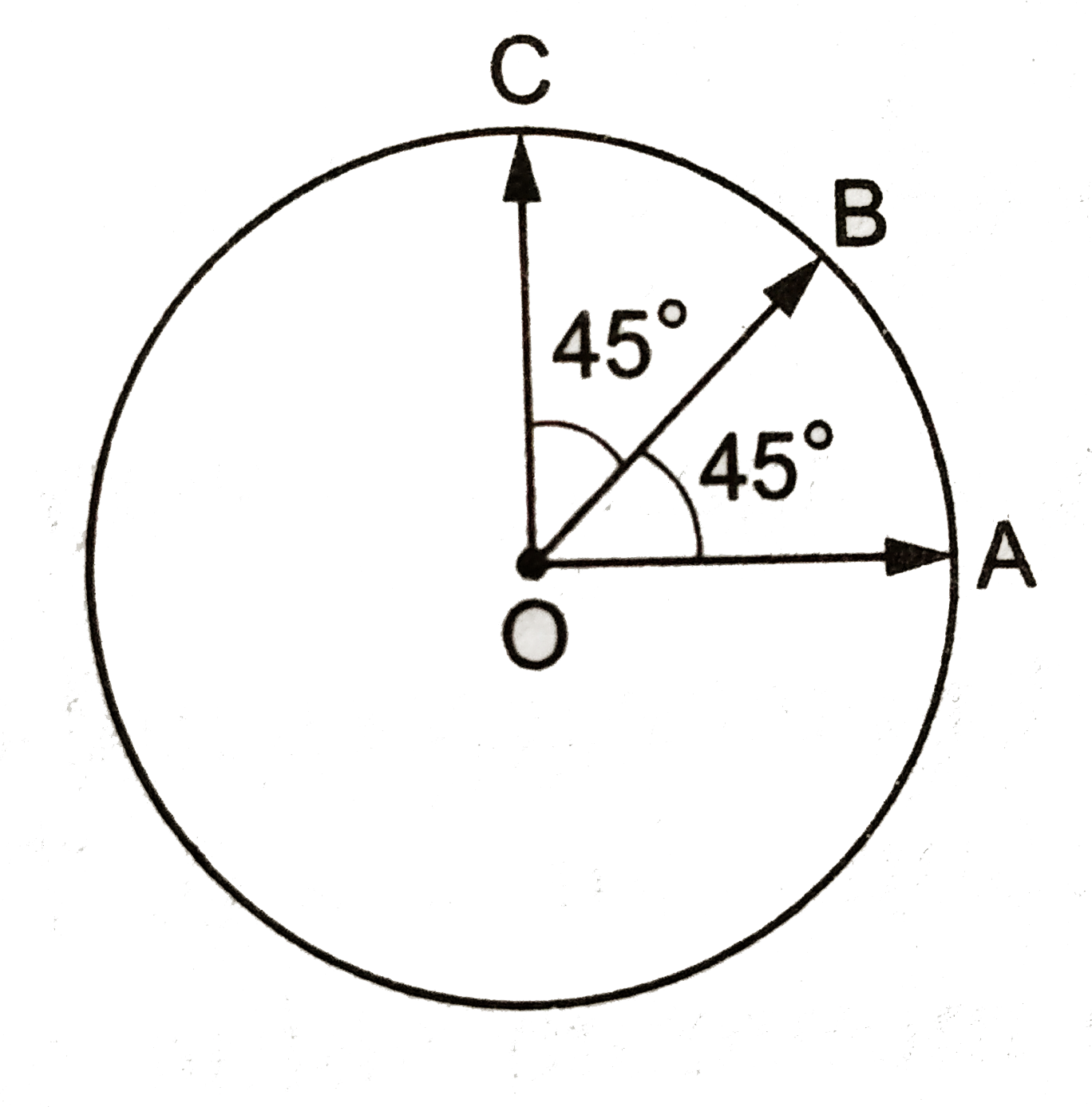Find the resultant of the three vector O→A,O→B and O→C of magnitude r as shown in figure.
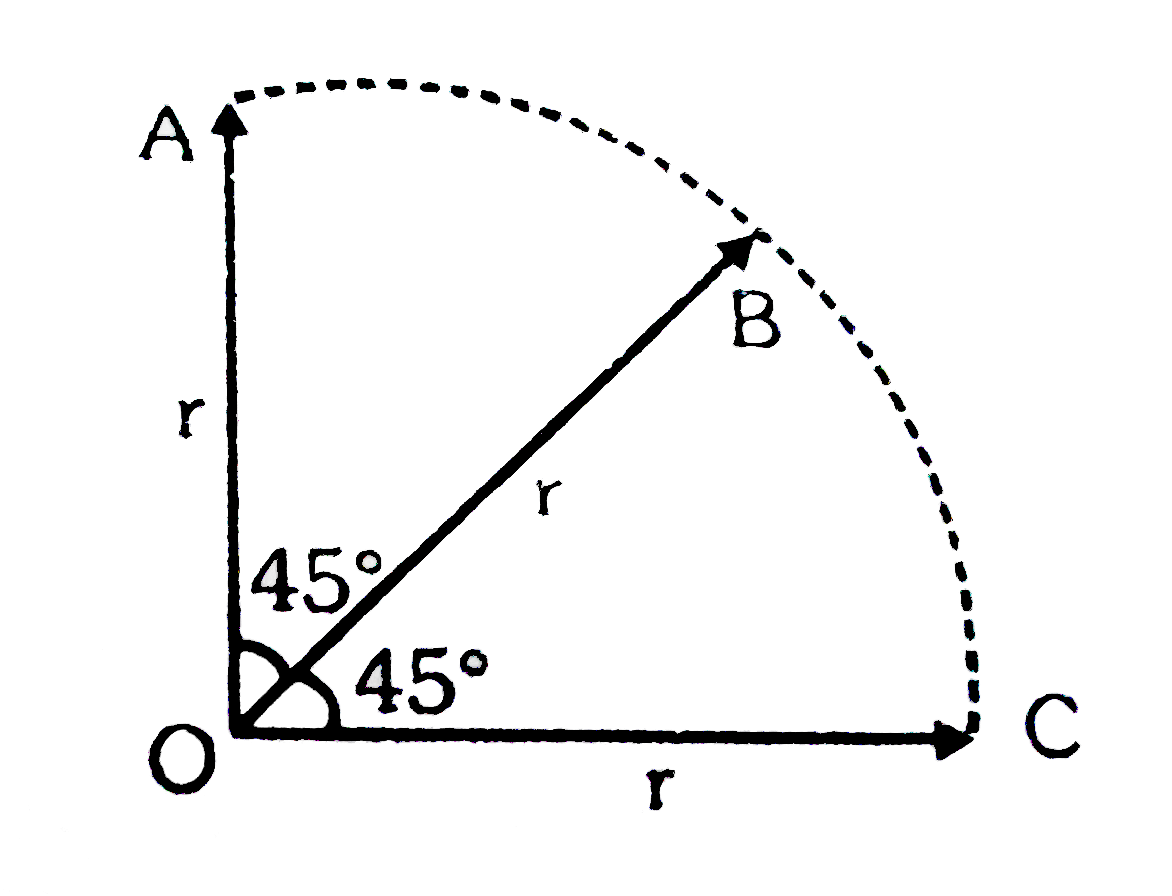
Video Solution
Text Solution
Resultant of O→A and O→C must be along O→B and of magnitude √2r so R=(1√2)
|
Topper's Solved these Questions
- BASIC MATHSBook:ALLENChapter:BASIC MATHSExercise:EXERCISE-1
Explore 128 Videos
- BASIC MATHSBook:ALLENChapter:BASIC MATHSExercise:EXERCISE-2
Explore 80 Videos
- AIIMS 2019Book:ALLENChapter:AIIMS 2019Exercise:PHYSICS
Explore 40 Videos
- CIRCULAR MOTIONBook:ALLENChapter:CIRCULAR MOTIONExercise:EXERCISE (J-A)
Explore 6 Videos
Similar Questions
Knowledge Check
Find the resultant of three vectors →OA,→OB,→OC each of magnitude r as shown in figure.
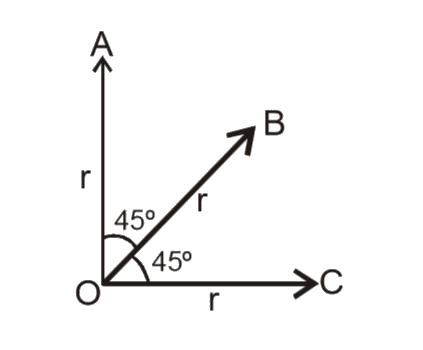 Ar(1−√2)B2r(1+√2)Cr(1+√2)D2r(1 - sqrt(2))
Ar(1−√2)B2r(1+√2)Cr(1+√2)D2r(1 - sqrt(2))The resultant of the three vectors −−→OA,−−→OB and −−→OC shown in figure is
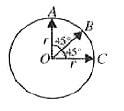 ArB2rCr(1+√s)Dr(√2−1)
ArB2rCr(1+√s)Dr(√2−1)The resultant of the two vectors →a and →b of magnitudes 6 and 10 respectively is at right angles to the vector →a Find their resultant and also the angle between the given vectors.
A127∘B143∘C120∘D150∘
Find the resultant of the vectors shown in figure.
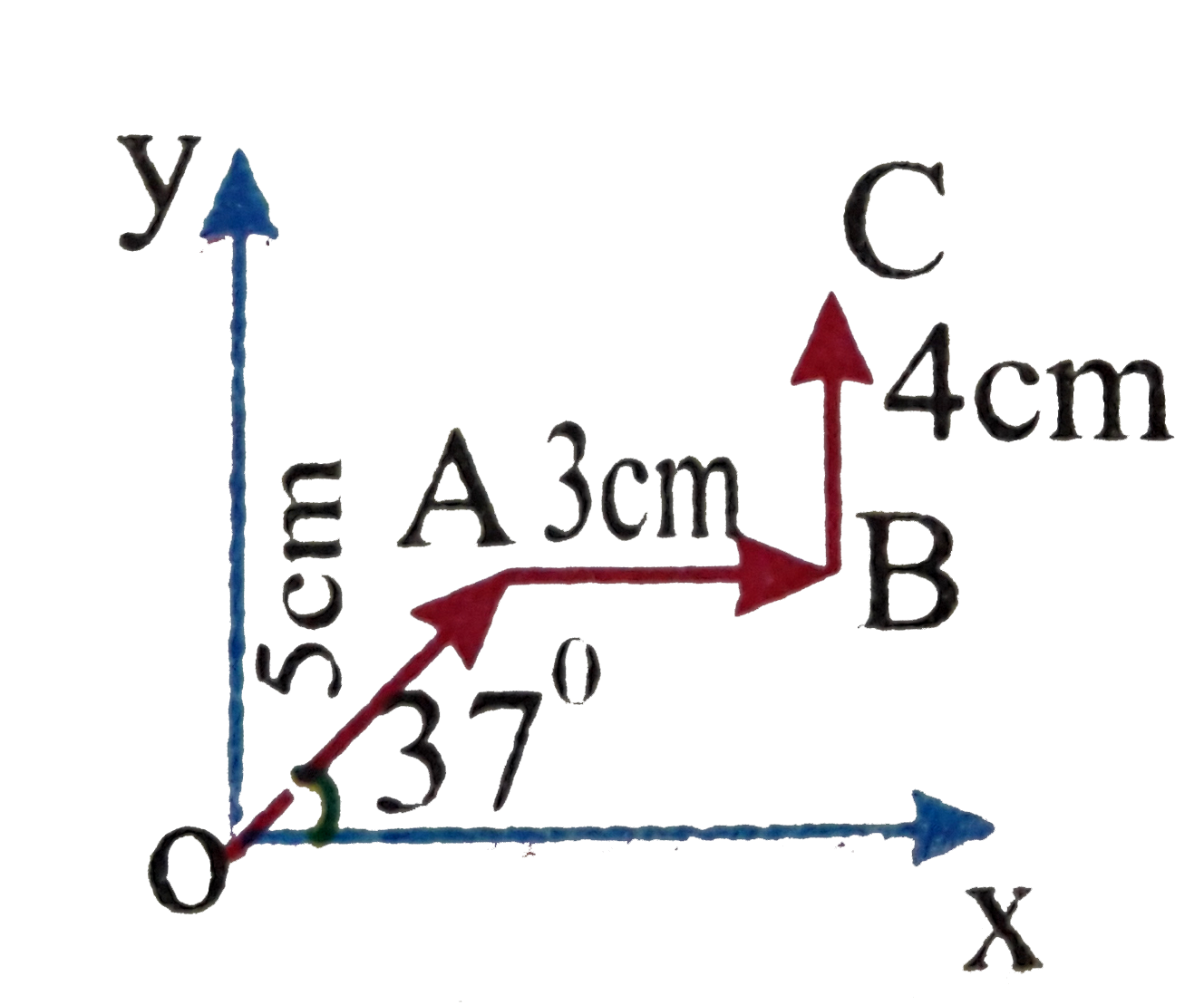
View SolutionFind the resultant of the three vectors shown in figure (2W1).
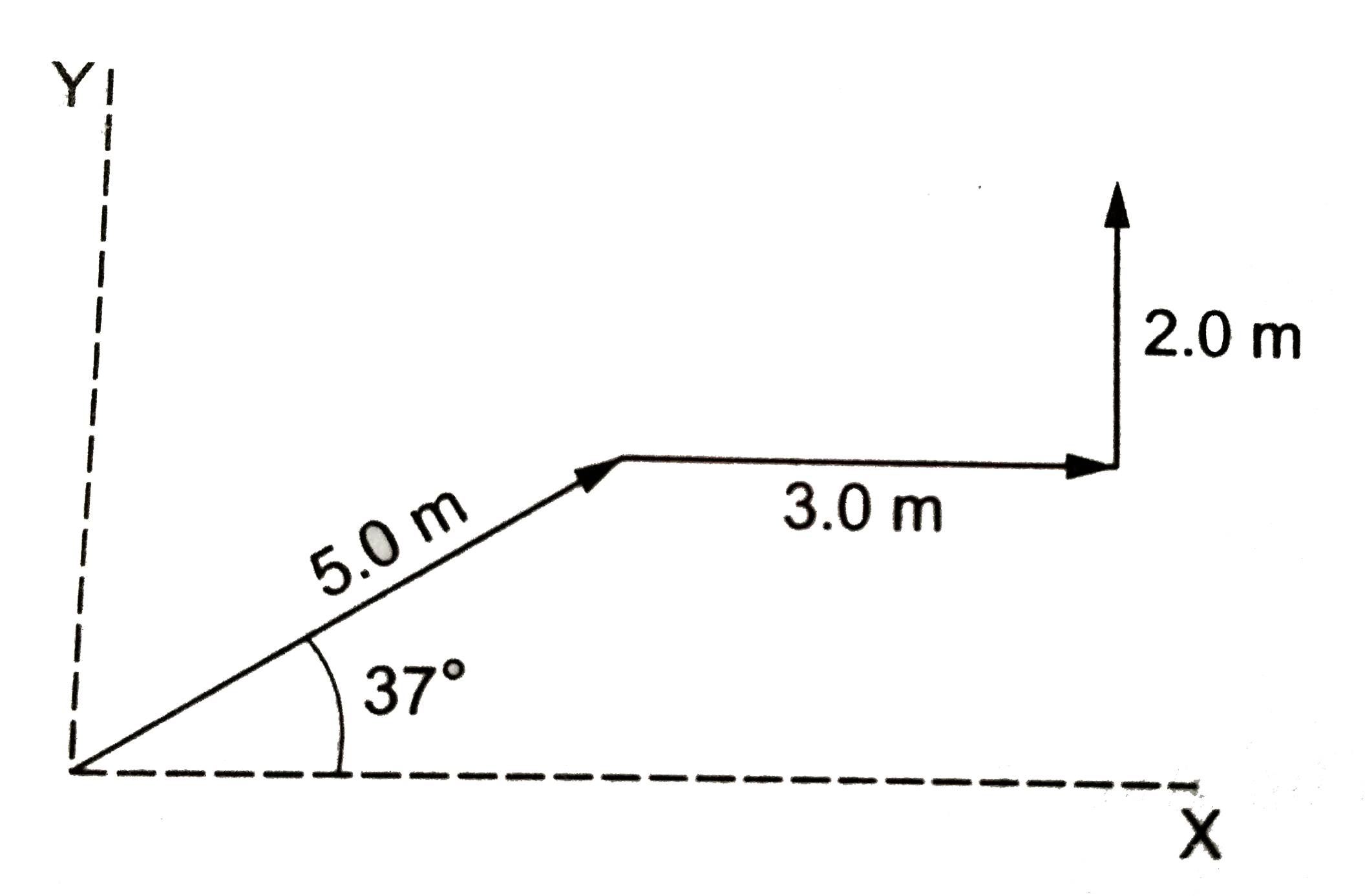 .
.
View SolutionFind the resultant of three vectors shown in the figure.
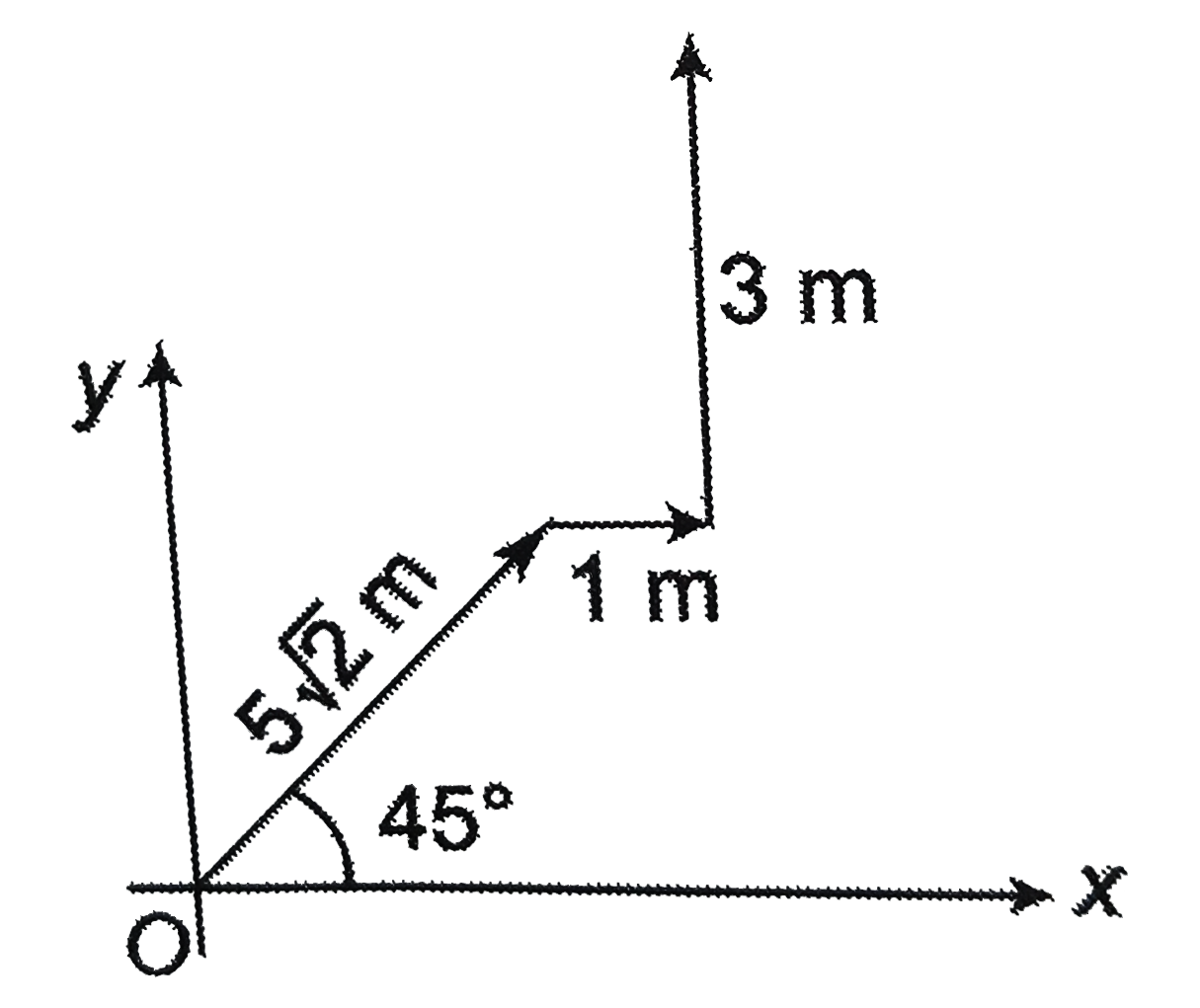
View SolutionFind the resultant of the vectors shown in fig by the component method.
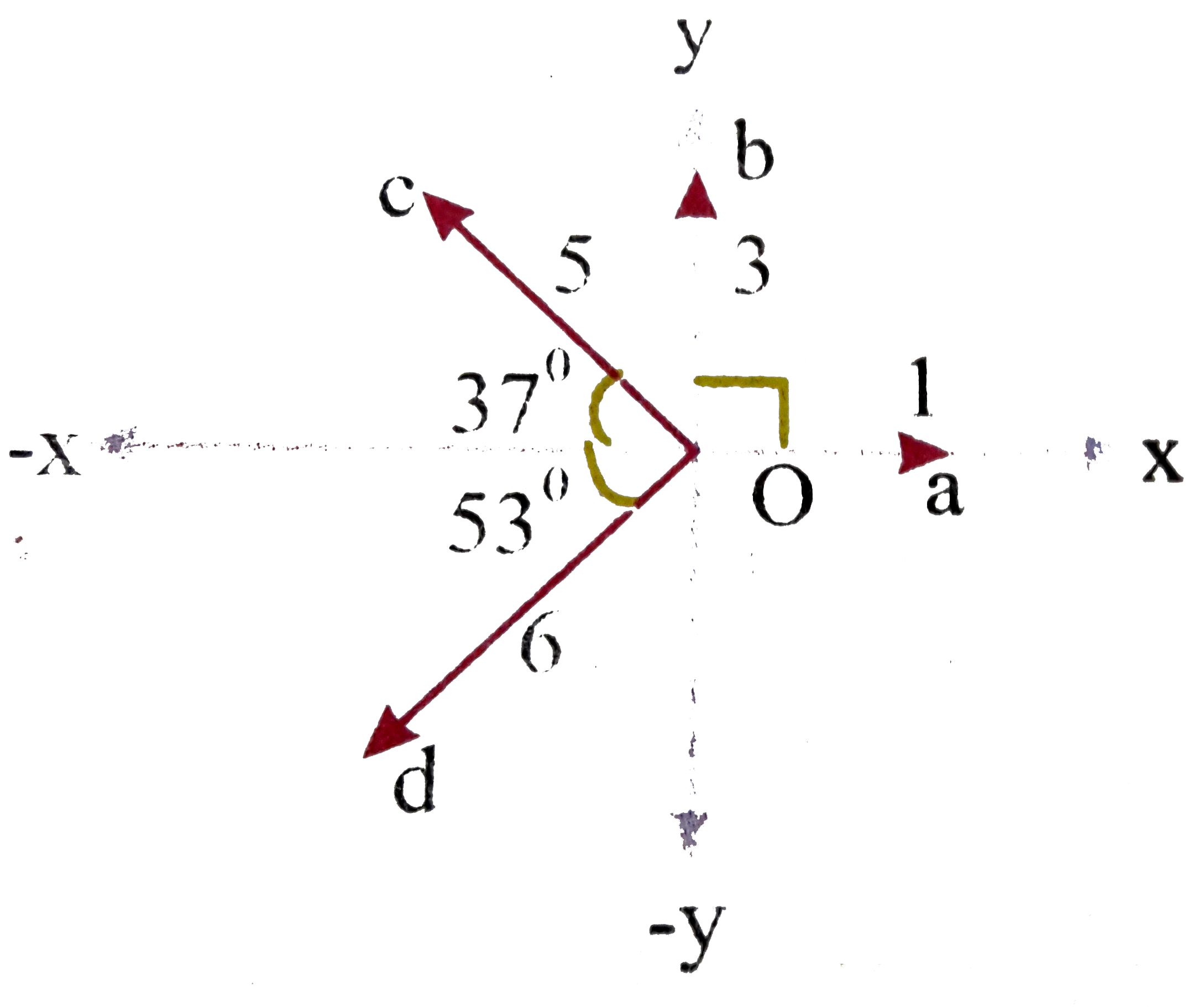
View SolutionMagnitude of resultant of two vectors →P and →Q is equal to magnitude of →P . Find the angle between →Q and resultant of →2P and →Q .
View Solution


